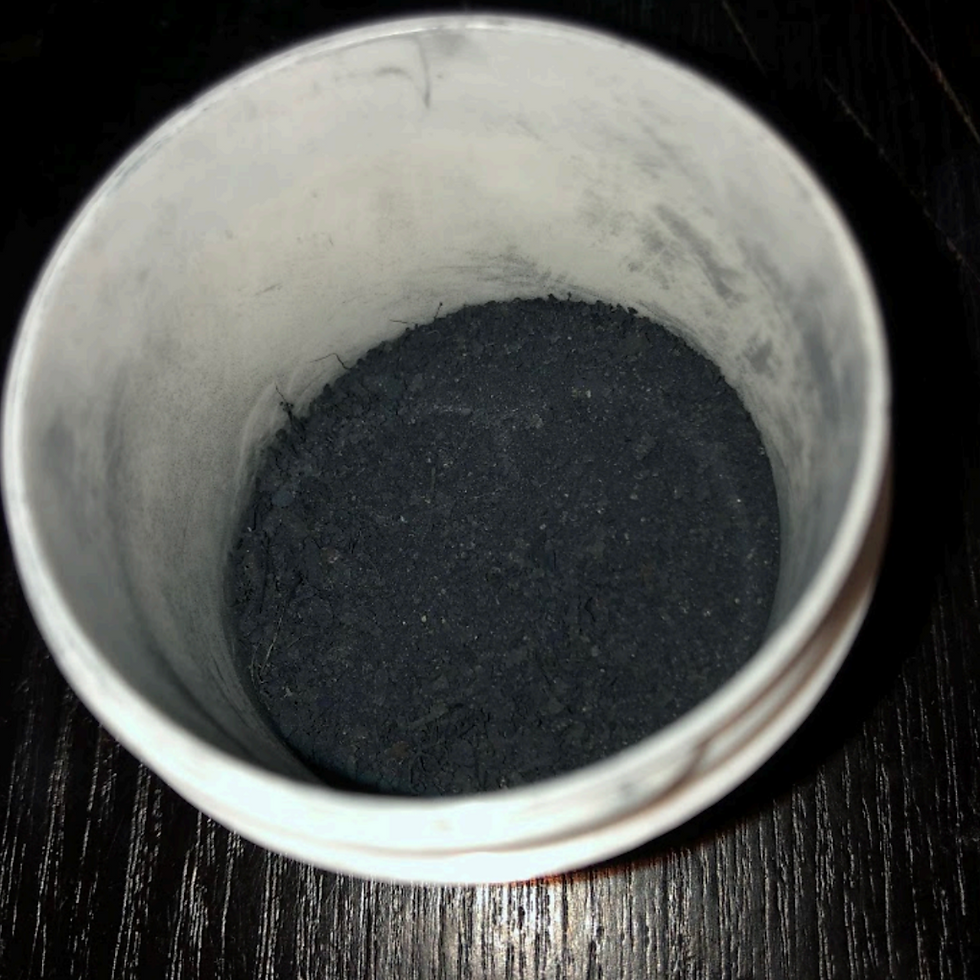Happy September,
It has been such a busy year filled with surprises and honorable moments, especially with Indigo events. Today, I'm sharing an Indigo story and the experiences submitted by Iviva Olenick, a talented textile artist and educator based in Brooklyn, NY.
1. Location & Environment
I live in Brooklyn, NY, and partner with several local urban farms and gardens to
grow indigo. I do not have my own dedicated garden. The place where I most consistently grow indigo is on Governors Island at GrowNYC's Teaching Garden. Because it's an island, the weather patterns are slightly different from where I live in Brooklyn. The farm gets direct sun with little shade, so when it's hot, it's even hotter on the farm, and the humidity tends to be
higher. The plants require regular water, which they get through sprinkler "tape" running
through the beds. I grow Isatis tinctoria (known colloquially as Eurasian indigo, woad, medieval indigo), and polygonum tinctorium (Japanese indigo). The woad is technically invasive (although we've not had issues with it) and re-seeds each year. I typically need to
plant new Japanese indigo seeds each year, except for one year when it reseeded itself.
Photos of Isatis tinctoria (Woad) plants submitted by Iviva Olenick
2. Indigo plants & practices
In 2017, I successfully grew polygonum tinctorium, Japanese indigo, and indigofera
tinctorium, tropical indigo, which was a Southern cash crop in the mid 1700s. I
seeded these at home in my small apartment, later transplanting them to Wyckoff
Farm on the East Flatbush-Canarsie border in Brooklyn. The tropical indigo didn't
take upon transplantation; the Japanese indigo grew well but our attempts to follow
pigment extraction methods detailed in books was unsuccessful.
In 2018, I approached GrowNYC about growing indigo on their Governors Island
Farm. They said yes, and we built several beds from scratch. I enlisted friends
throughout NYC to plant indigo seeds at home, and had help from the Education
Department at the Brooklyn Botanic Garden. We ended up filling beds with
Japanese indigo and a little bit of woad. I persisted in learning dye extraction
methods, which included extracting pigment through fermentation over several
days, adding slaked lime, agitating and letting pigment settle; and going straight
from leaves to dye by heating the leaves in a double boiler to a water temperature
of 160° until leaves turn a reddish brown. Adding an alkaline and agitating, and then
adding thiourea dioxide to reduce oxygen in the vat. I then heated the vat to 110°F
and dipped fabrics in multiple times. The blue never got very dark, but it was a true
purply-blue versus the turquoise from the salt rub method, which I also use.


Photos of Isatis tinctoria (Woad) plants submitted by Iviva Olenick
3. Culture & Story of the region
The types of indigo I grow are not native to Brooklyn. I became interested in indigo because of its colonial history, and wanting to uplift the cultural knowledge and labor of enslaved West Africans, which were exploited to make tropical indigo a successful cash crop. The project has evolved to take a broader intercultural look at indigo cultivation and production, incorporating dye-making methods used around the world, adapted to the limitations of contemporary Brooklyn, which is increasingly hot, humid, and climatically unpredictable.
Indigo inspired textile artwork by Iviva Olenick
Many Shades of Indigo Blue (left), Many Shades of Indigo (right). Pieced, indigo-dyed silk and cotton fabrics. 2022

Indigo Dreams handwoven artist book with indigo leaf-printed yarn and fabric, and yarn dyed with indigo ink. 18"x8.5"x1", 2024.
Connect
Follow on Instagram: @iviva_in_brooklyn










Comentarios